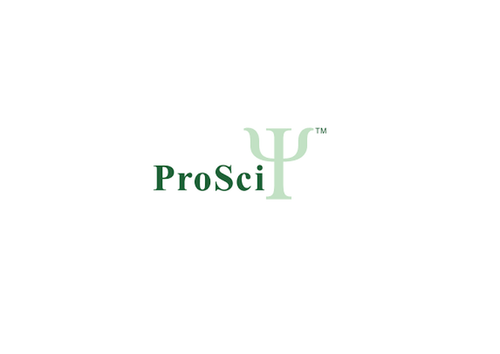Product Description
FGFR1OP Antibody | 26-814 | ProSci
Host: Rabbit
Reactivity: Human
Homology: N/A
Immunogen: Antibody produced in rabbits immunized with a synthetic peptide corresponding a region of human FGFR1OP.
Research Area: Cancer
Tested Application: E, WB
Application: FGFR1OP antibody can be used for detection of FGFR1OP by ELISA at 1:312500. FGFR1OP antibody can be used for detection of FGFR1OP by western blot at 1 μg/mL, and HRP conjugated secondary antibody should be diluted 1:50, 000 - 100, 000.
Specificiy: N/A
Positive Control 1: Cat. No. XBL-10409 - Fetal Liver Tissue Lysate
Positive Control 2: N/A
Positive Control 3: N/A
Positive Control 4: N/A
Positive Control 5: N/A
Positive Control 6: N/A
Molecular Weight: 42 kDa
Validation: N/A
Isoform: N/A
Purification: Antibody is purified by peptide affinity chromatography method.
Clonality: Polyclonal
Clone: N/A
Isotype: N/A
Conjugate: Unconjugated
Physical State: Liquid
Buffer: Purified antibody supplied in 1x PBS buffer with 0.09% (w/v) sodium azide and 2% sucrose.
Concentration: batch dependent
Storage Condition: For short periods of storage (days) store at 4˚C. For longer periods of storage, store FGFR1OP antibody at -20˚C. As with any antibody avoid repeat freeze-thaw cycles.
Alternate Name: FGFR1OP, FOP
User Note: Optimal dilutions for each application to be determined by the researcher.
BACKGROUND: FGFR1OP is a largely hydrophilic protein postulated to be a leucine-rich protein family member. A t (6;8) (q27;p11) chromosomal translocation, fusing this gene and the fibroblast growth factor receptor 1 (FGFR1) gene, has been found in cases of myeloproliferative disorder. The resulting chimeric protein contains the N-terminal leucine-rich region of this encoded protein fused to the catalytic domain of FGFR1. This gene is thought to play an important role in normal proliferation and differentiation of the erythroid lineage.This gene encodes a largely hydrophilic protein postulated to be a leucine-rich protein family member. A t (6;8) (q27;p11) chromosomal translocation, fusing this gene and the fibroblast growth factor receptor 1 (FGFR1) gene, has been found in cases of myeloproliferative disorder. The resulting chimeric protein contains the N-terminal leucine-rich region of this encoded protein fused to the catalytic domain of FGFR1. This gene is thought to play an important role in normal proliferation and differentiation of the erythroid lineage. Alternatively spliced transcript variants that encode different proteins have been identified.
 Euro
Euro
 USD
USD
 British Pound
British Pound
 NULL
NULL

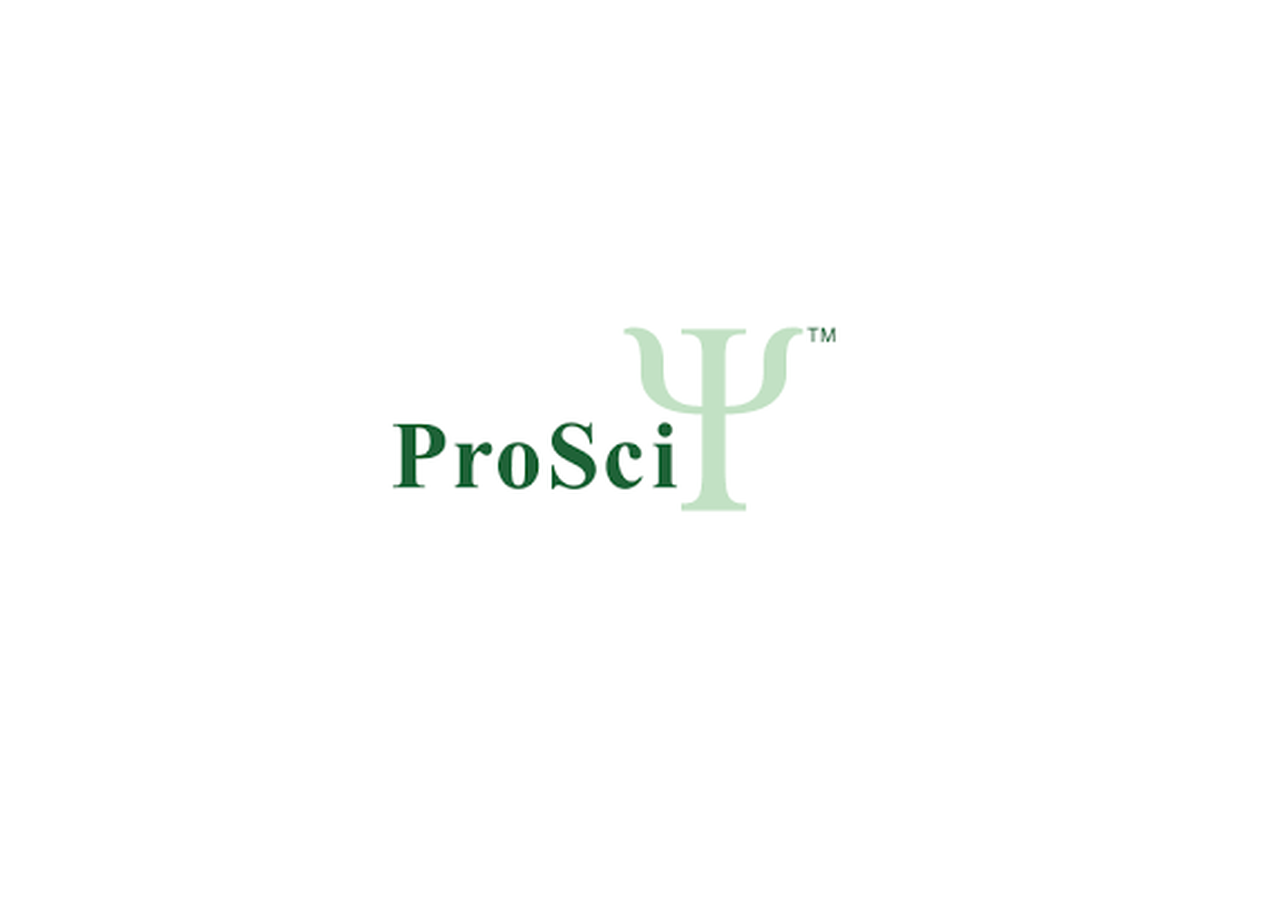
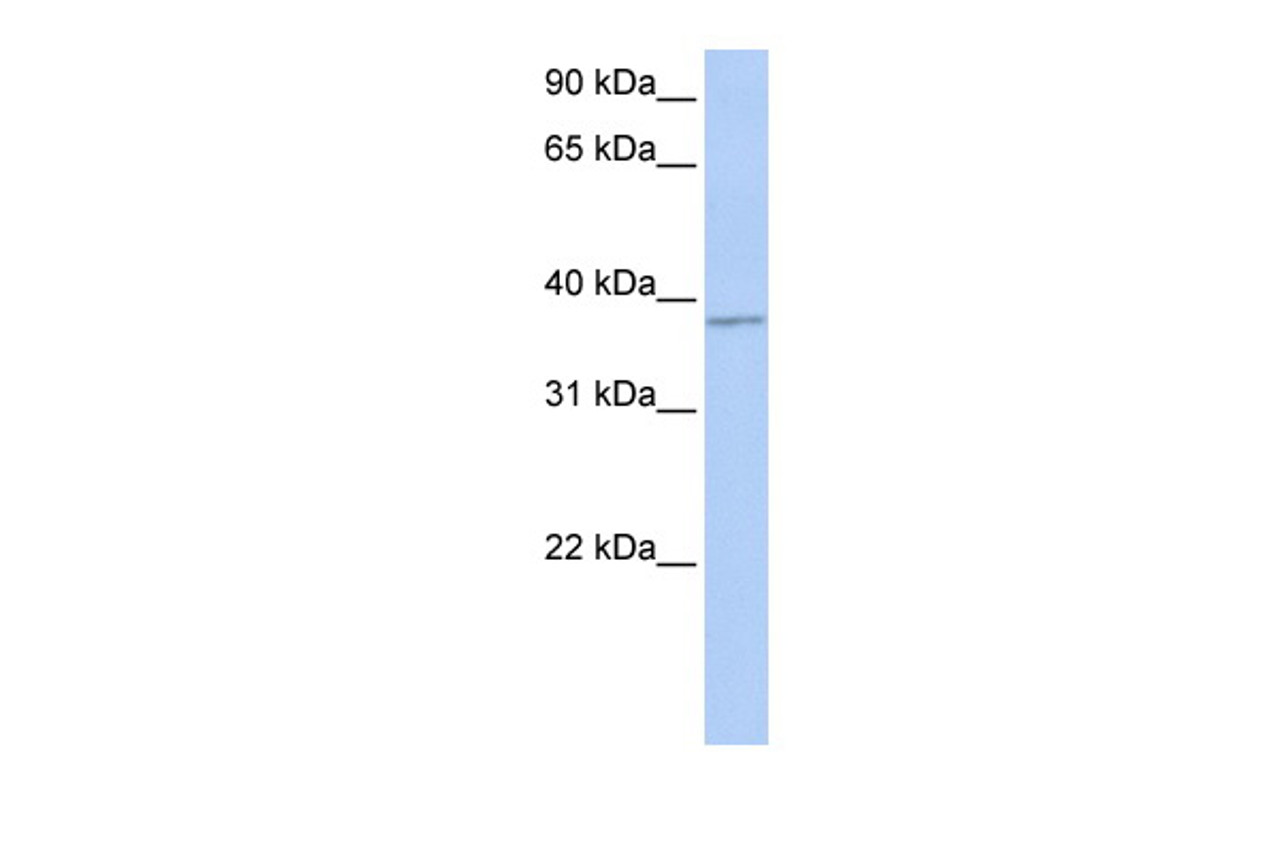





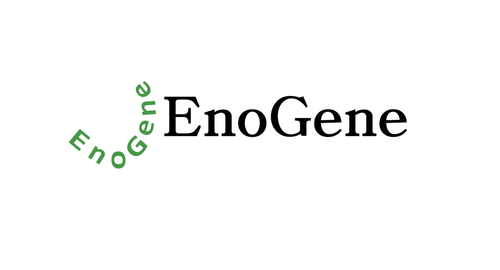
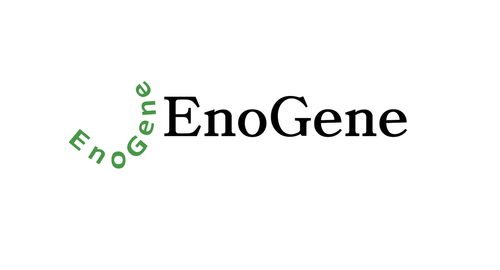

![FGFR1OP Antibody (Center) [ApR04947G] FGFR1OP Antibody (Center) [ApR04947G]](https://cdn11.bigcommerce.com/s-452hpg8iuh/images/stencil/500x659/products/870155/1162222/logo__92149.1659788186__34901.1659866360.png?c=2)

